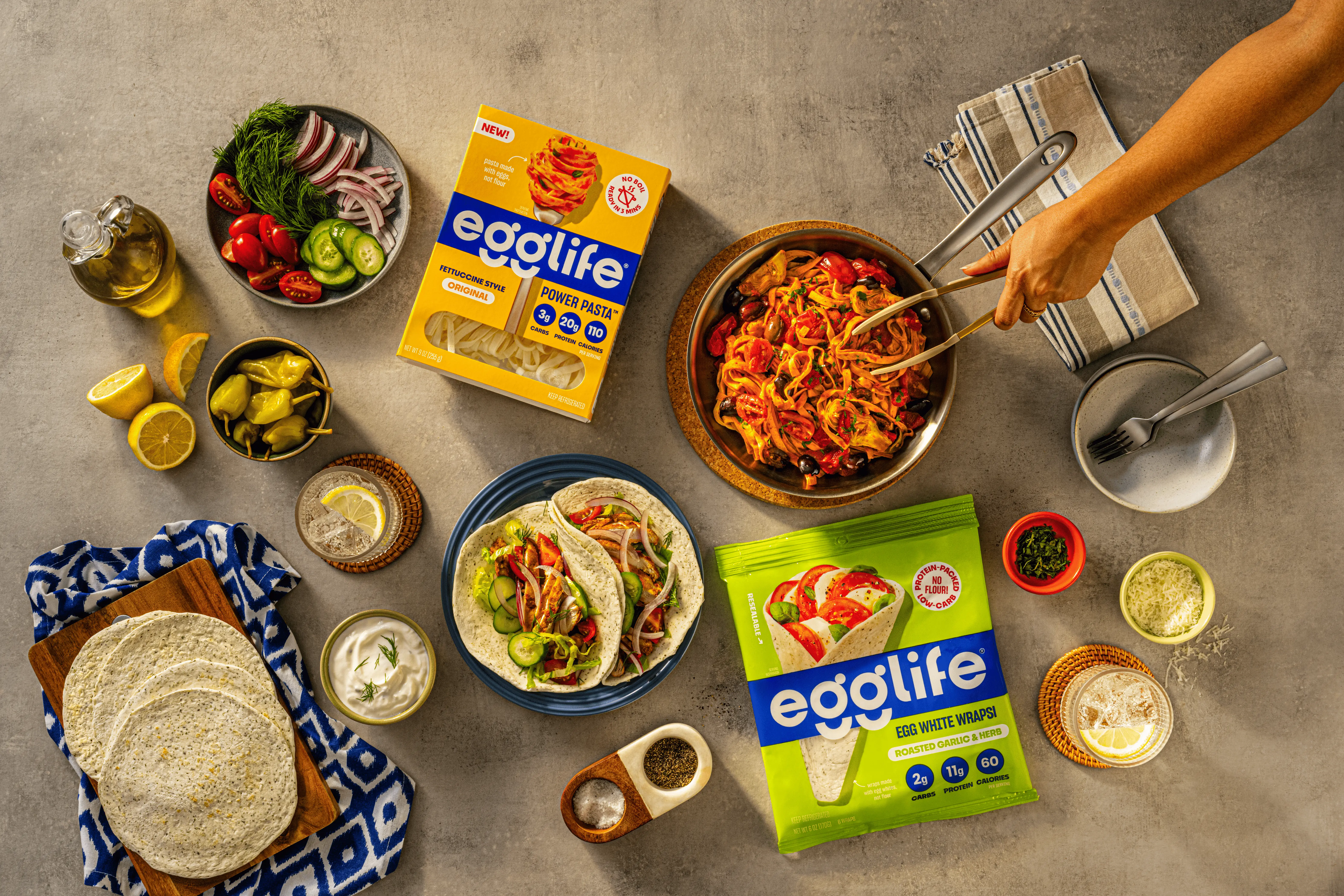Label-reading for celiac disease in the USA can feel incredibly overwhelming. Often when you’re diagnosed with celiac you’re told to just go gluten-free, but when you get to reading food labels, you realize it’s so much more complex than that.
How do you know if this food item has gluten? Are there any ingredients that might be hiding gluten? What about cross-contact? How do you know if this item has or hasn’t come into contact with gluten during processing and thus, is now unsafe?
There are so many questions and so much worry that can show up when reading a food label with celiac disease. So let’s talk about the simple steps you can take to identify if a food item is safe.
4 steps to reading a food label for celiac safety
When it comes to label-reading for celiac disease in the USA there are 4 general steps I like to teach people. I like to represent these 4 steps with the acronym CANS. CANS stands for:
C – Certification and Claims
A – Allergen advisories and statements
N – Not safe ingredients
S – Suspicious ingredients
In the next few sections, we’ll be diving deeper into what each one means and how to use these steps to determine safety with foods.
Certifications and Claims on a Food Label = Celiac Safe
STEP 1: The first step to label-reading for celiac disease is to look for a gluten-free certification or claim. If a product has a gluten-free certification or claim, it must be celiac-safe and you STOP here.
This is because if it has a gluten-free certification, that means a 3rd party has tested and verified the gluten-free status of the products. So regardless of anything else on the label, the product is safe. Period.
And if it has a gluten-free claim, the product must meet <20ppm (parts per million) FDA labeling standards and must be safe (except for oats, oats should always be certified gluten-free or purity protocol).
If we use egglife egg white wraps for example, we can see on the back of the label, there is a gluten-free claim. And we can see this product does not contain oats, so we know this product must be safe per FDA <20ppm standards regardless of what else is listed on the label.

Allergen Advisories and Statements Can Indicate Gluten
STEP 2: If you don’t see a gluten-free certification or claim, it’s time to move on to the second step of checking a food label for gluten, looking at the allergen statement and advisory.
Allergen statements are required by FDA law. Thanks to a 2004 ruling, manufacturers are required to disclose when one of the top 8 allergens are present in a food item, this includes wheat and any of its derivatives. But you should note: that it does not include barley or rye. Which are the other 2 gluten-containing grains.
The required allergen statement looks like “contains: [insert top 8 allergen here]”. If you see “contains: wheat”, and it does not have a gluten-free claim or certification, it’s not safe and you can automatically rule it out.
Allergen Advisory statements however are completely voluntary statements. This means a brand can choose to disclose or not disclose them. They are the “may contain”, “processed on the same equipment as” and “made in the same facility as” wording on the back of the package. Limited research shows these statements are often not a good indicator of gluten contamination or not.
However, using allergen advisory statements as a tool to determine safety is individualized. Do what you feel most comfortable with while weighing your quality of life. And if you’re unsure what the right choice is, work with a dietitian to choose the best step for you. An option you always have with allergen advisories is to contact the company to verify cross-contact protocols.
If the allergen advisories and allergen statements are all good, and you don’t see anything unsafe. It’s time to move on to step 3.
Not Safe Ingredients Automatically Mean It’s Not Gluten-Free
STEP 3: The third step of reading a food label with celiac disease is checking the ingredient list for obvious unsafe ingredients. These are any obvious sources of gluten-containing grains. You can easily remember these ingredients with the acronym “BROW” which stands for:
B – Barley
R – Rye
O – Oats (if not certified gluten-free or purity protocol)
W – Wheat
If you do see any of these ingredients, the product is automatically unsafe. If you don’t see any obvious ingredients from those 4 grains, then it’s time to move on to the last step.
Suspicious Ingredients That May Hide Gluten
STEP 4: The last step of reading a food label for celiac disease is checking the ingredients for any suspicious ingredients. These would be ingredients that you are unsure are gluten-free. Remember, these ingredients only matter if there is no gluten-free claim or certification on the product.
If you do see one of these ingredients, your best bet is to contact the manufacturer to see if it’s gluten-free or put the product down.
If you see no suspicious ingredients or you’ve verified they are gluten-free, then the product is safe to enjoy!
A Summary
Again, label-reading for celiac disease can be super frustrating but hopefully, these 4 steps have simplified the process. Let’s summarize the steps using the egglife egg white wraps labels as an example.
C – Starting with the first letter of CANS, certifications, and claims, we can see on the back of the label that there is a gluten-free claim. We can also see there are no oats in this product so this product is automatically safe. We can stop here.
A – If there was no gluten-free claim, we’d want to look for the Allergen advisory or statement. And there is not one.
N – So we move on to looking for Not safe ingredients, remember the acronym BROW, and there aren’t any in the ingredients.
S – Lastly we check for suspicious ingredients. egglife egg white wraps do contain natural flavors which, in uncommon instances contain gluten, so if this product did NOT have a gluten-free claim, we’d want to follow up with them to make sure they are gluten-free.
And there you have it! How to read a food label to identify if it’s celiac safe! Check out countless delicious gluten-free egglife recipes here!


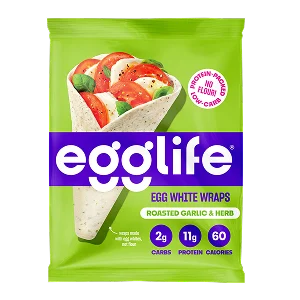
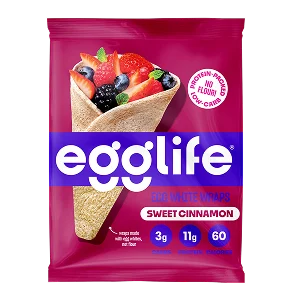



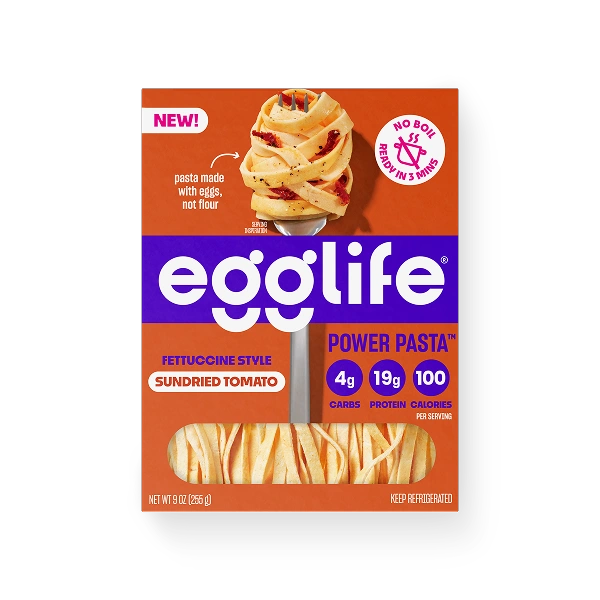



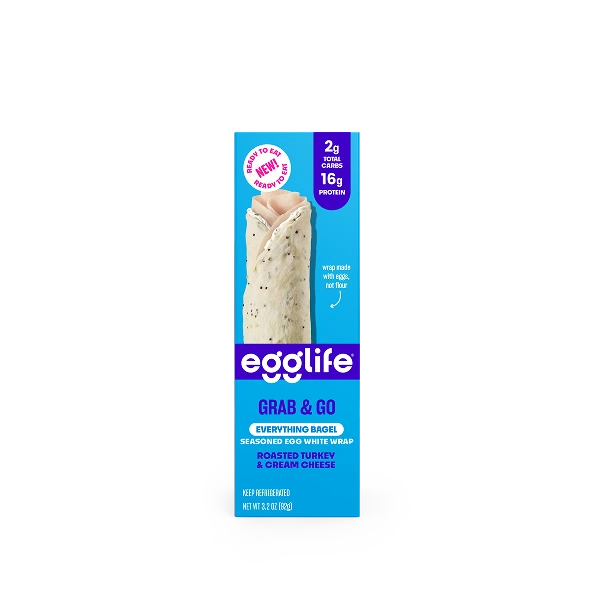


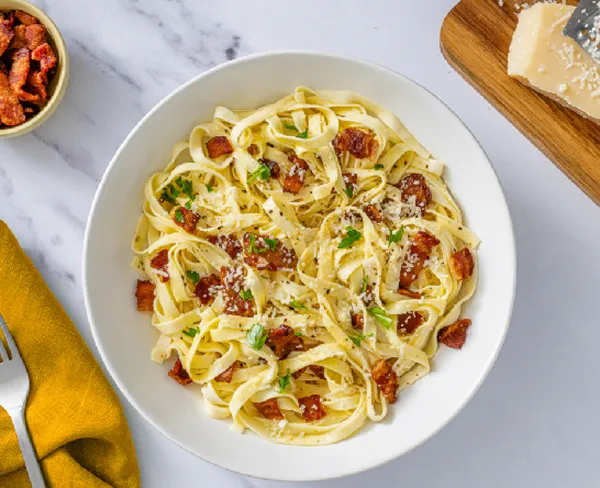









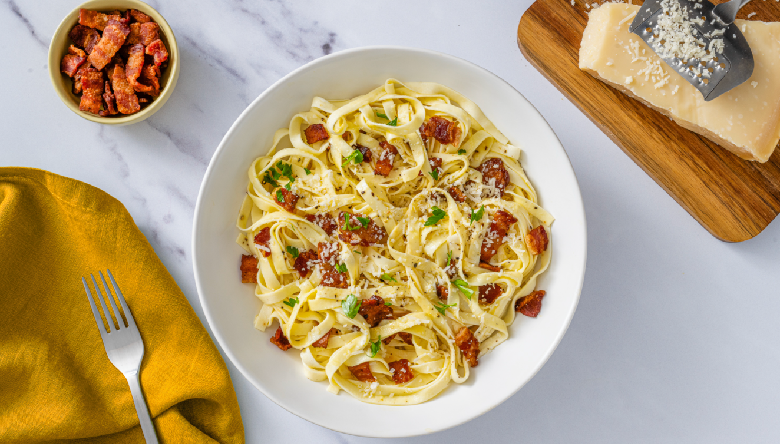
%20(1).webp)
%20(1).webp)




